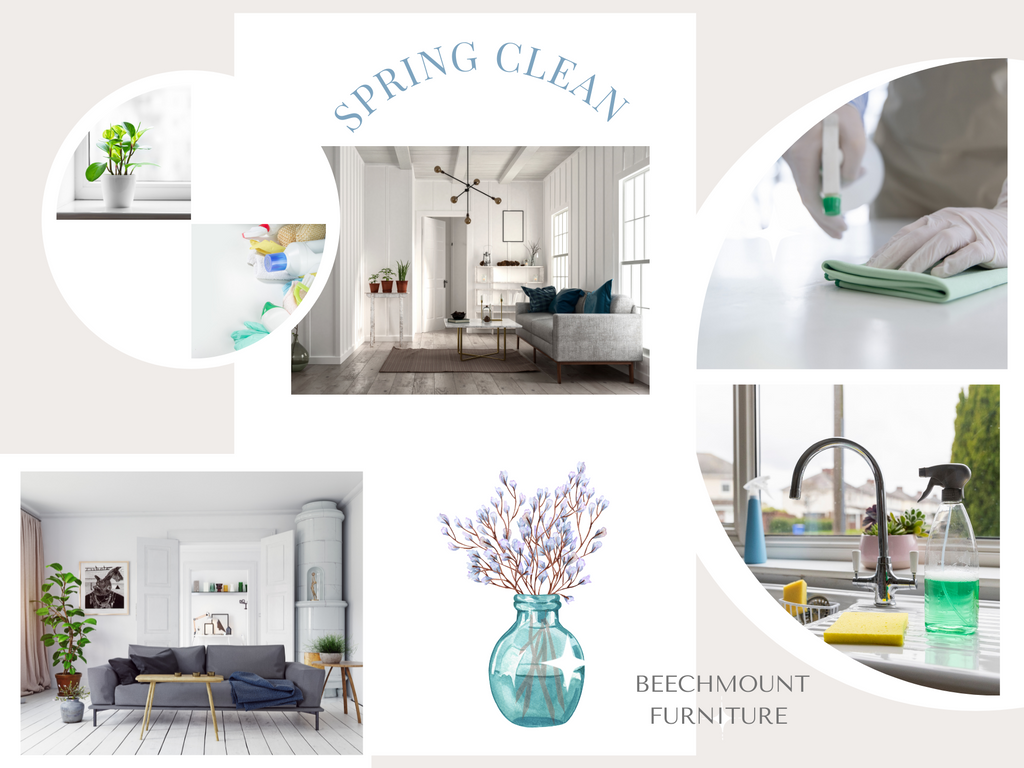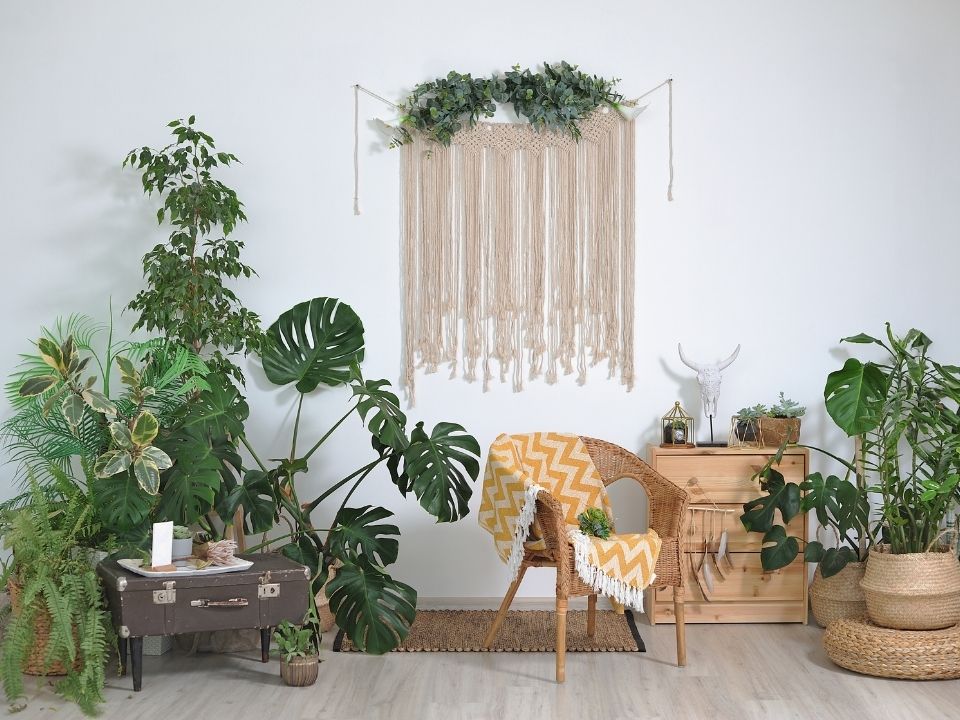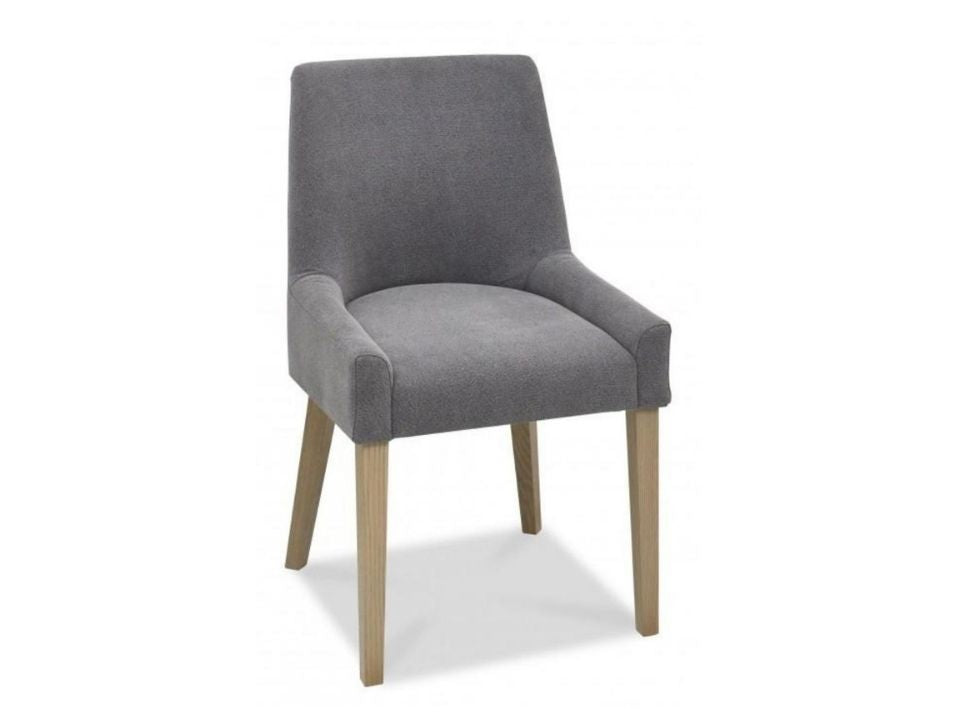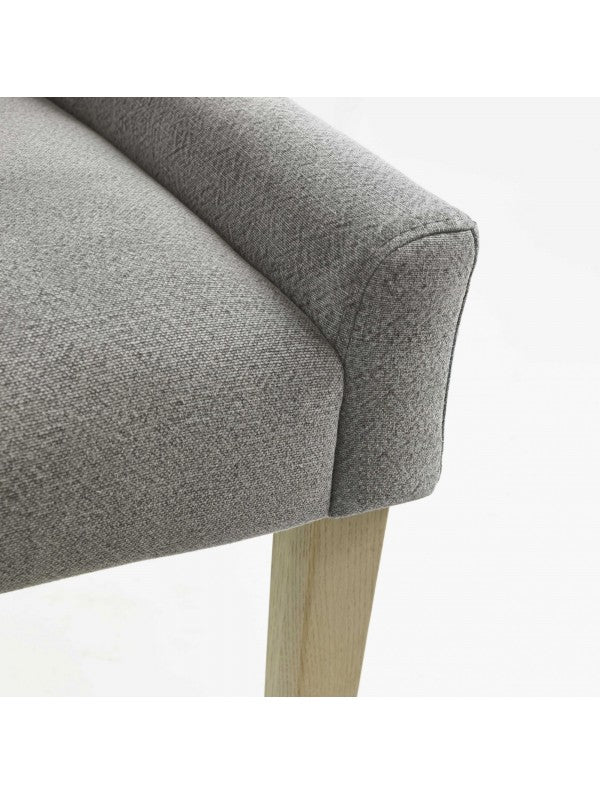
5 TIPS FOR CREATING AN INDUSTRIAL INTERIOR DESIGN

When we think of Industrial Interior Design, we might think of cool, unpretentious and edgy.
You might have even seen elements of Industrial Design in restaurants and pubs but what are the elements that go into an Industrial Interior Design and how can we apply some of them to our own spaces?
Well, as Maria in The Sound of Music would say to the Von Trapp children, “let’s start at the very beginning.”
Where does Industrial Interior Design come from?
Industrial Interior Design was inspired by factories built during the late 19th and early 20th centuries. The first industrial buildings, constructed in the late 1700s, were meant to be practical. In the absence of electricity and heating, narrow structures with large windows were built so that work floors could be flooded with natural light. These buildings were simple and without any frills, they were designed purely to facilitate long working hours.
What is an Industrial Design?
Industrial style takes key features from old factories and industrial spaces that in recent years have been converted to lofts and other living spaces. Industrial style can also be seen in the use of unexpected materials used in building like piping and exposed brickwork etc.
What is Modern Industrial Design?
The Modern Industrial look was born as a result of old barns, warehouses, industrial buildings and churches being converted into living spaces. It highlights the use of distressed wood elements, exposed bricks and exposed piping.
Here's how to get the look in 5 steps.
1. Open Concepts & Bare Windows
To create this look think spacious interiors and open floor plans as they are the backbone of this design trend. This design trend originated from lofts and factories being converted into living spaces and therefore had few interior dividing walls. So, if you are looking to achieve this style then keep your space as open plan as possible.
Bare windows are a strong item that we see repeated in this style. The use of classic metal framing makes the window look clean, cool and modern. This framing style is also used for interior doors when open plan isn’t available. The use of black metal doors with see-through glass gives that open plan feel while sectioning rooms.
2. Workings of the building
Brick walls and metals are top of the list for a Modern Industrial style. One of the easiest rooms to do this in is the kitchen. Modern day appliances mixed with old industrial hardware is a simple way to incorporate the style.
An advantage to embracing this design style is if you are strapped for that extra bit of cash for finishing touches you can leave the infrastructure open and embrace the rawness within the building. So, rather than plastering all the walls you could leave brickwork exposed or paint the brickwork white. This design can lend itself as a transition for anyone hoping to complete a self-build, someone that might need a breather and time to save up a bit more cash.
As this interior style tends to be minimalist, it leaves room for adding contrasting elements such as rustic/vintage pieces. All of which can later transition into a farmhouse or contemporary modern style.
3. Reclaimed Floors
Reclaimed hardwood and concrete are two of the more popular industrial flooring options. People love the look of handcrafted hardwood floors because of the added character from natural knots and mineral streaks. Using elements like copper and metallic will add a cool modern warm take on the other harder materials used in this design trend.
Adding rugs that are faded, dark or distressed can make a bold statement without taking away from the any of the natural items.
4. Edgy Lighting
High ceilings with dramatic lighting is a major trend right now and one that is used a lot in Industrial Interior Design. Vaulted ceilings are ideal and if beams are exposed even better.
When it comes to lighting an industrial space, stick to stage lighting or big globes with long wiring. Pendant lighting, such as filament bulbs work really nicely in these spaces.
5. Wood & Metal
A great design option is to complement the industrial elements with polished metal finishes.
Furniture is the easiest way to achieve this. Look for items that have a rustic tone, anything that blends a rich wood to contrast the industrial features. Select furniture pieces that have both thick heavy duty wood features and metal legs.
Some of these items can be found in our London Range, the Farnham thick wood tabletop has premium hardwood oak, traditionally used in shipbuilding.
Also, our gorgeous London Barford console table is another item that can be added to your home in order to achieve an Industrial vibe. It has premium hardwood oak with black metal legs and is a modern take on a classic.
Click the link to view our LONDON RANGE.







